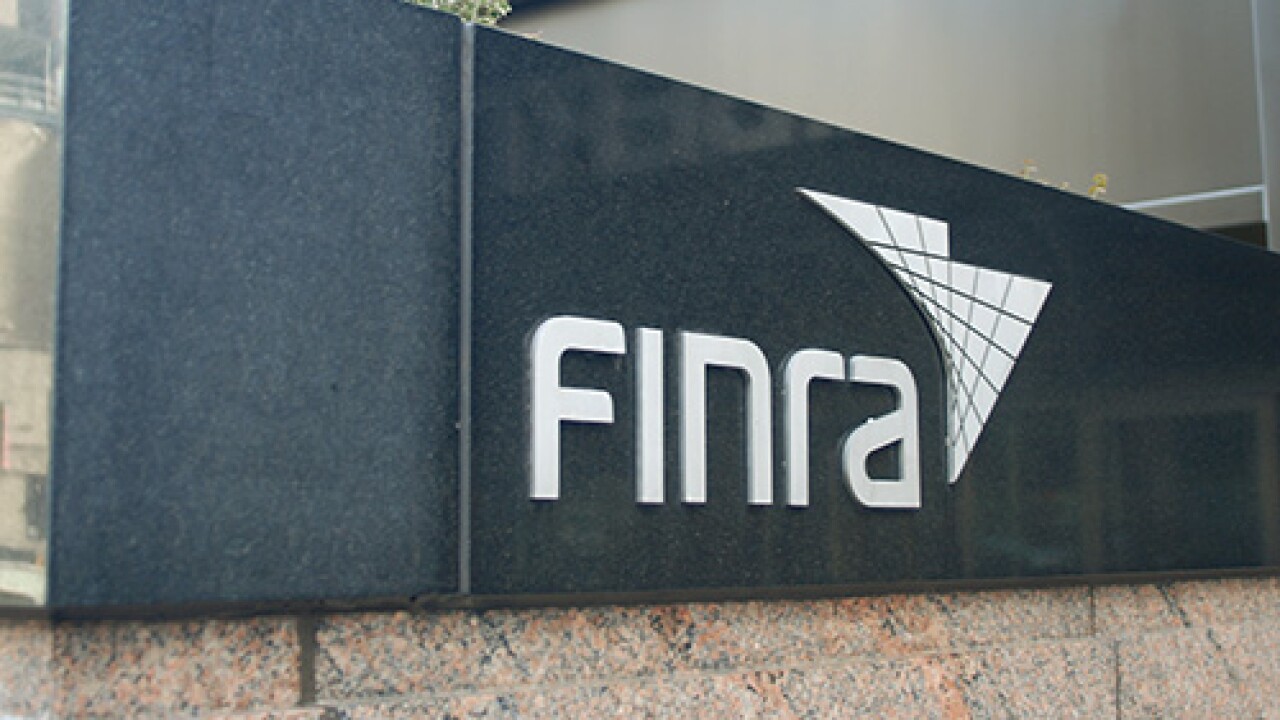The megabank-led clearXchange digital payment network, which now counts U.S. Bank as a participant, plans to use its considerable reach in the coming year to diversify its capabilities while also pushing for collaboration among other providers.
ClearXchange was founded by co-owners JPMorgan Chase, Bank of America and Wells Fargo in 2011, added
Though the network has been slow to add owners and participants, each new bank gives clearXchange access to more customer segments, enabling it to broaden its business model.
"We see clearXchange as a digital payment company," said Mike Kennedy, CEO and director of clearXchange. "We started with P2P based on customer feedback, but we also see opportunity in areas like business to consumer and government to consumer."
The BofA deployment is the start of what should be an active pipeline of other payment types that leverage the network. U.S. Bank is also interested in developing other use cases for the clearXchange rails beyond P2P, said Gareth Gaston, executive vice president of omnichannel banking at U.S. Bank.
"We're serious enough to become an owner and not just a user, and there are other new developments that can use the same rails and we will explore any of those ideas," Gaston said. It will take about a year to complete the work required to enable U.S. Bank to fully participate in clearXchange, he said.
U.S. Bank was attracted to clearXchange in part because of its bank ownership, Gaston said. "ClearXchange is by the banks, for the banks and it has the largest network."
ClearXchange's users direct transfers to a recipient's email address or phone number, and the user's account data is protected by the bank's security system. U.S. Bank, which already offers mobile P2P payments, will add support for clearXchange soon, and the national rollout for the other clearXchange participants should be complete shortly, Kennedy said.
Overall, clearXchange serves about 100 million online banking and 50 million mobile banking customers, Kennedy said.
"Since clearXchange is owned by a few of the largest banks in the U.S. they launched with scale," said Thad Peterson, a senior analyst at Aite Group, adding they can also enroll participants who aren't in the founding institutions.
ClearXchange hopes its scale will encourage the development of an open system to accommodate more connections for P2P payments.
"When someone wants to make a payment, they should just have to use their email address, and we've always wanted an open network," Kennedy said. "The scale we have puts us in a great place to contribute to that."
There are a number of other players in in the P2P market. PayPal also has substantial scale of its own, and owns
Other banks are building their own digital P2P services, with
Google has linked its Google Wallet product to
U.S. Bank
Getting all of these systems to work together without requiring extensive consumer navigation to complete transactions may be difficult.
"Unless an offering is delivered through the payment networks or Nacha, the likelihood of ubiquity is low," Peterson said.
The lack of ubiquity could hurt these initiatives if consumers find that too many of their peers are outside the range of the clearXchange participants. "Consumers readily abandon a service when disappointed, so any service that purports to be universal will see abandonment rates driven by its inability to deliver funds to all endpoints," said Tim Sloane, vice president of payments innovation at Mercator Advisory Group.





